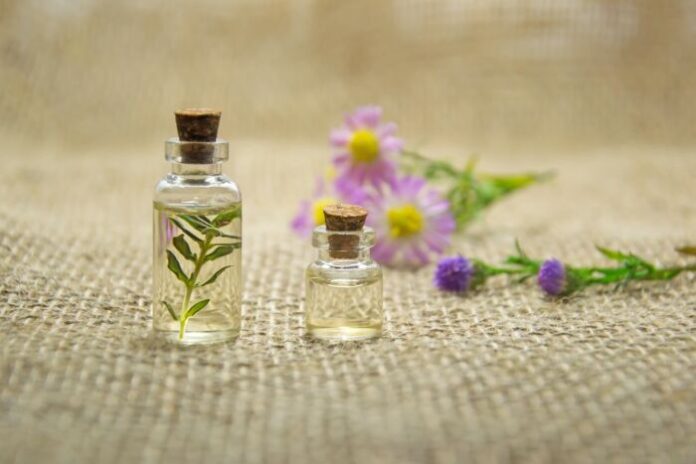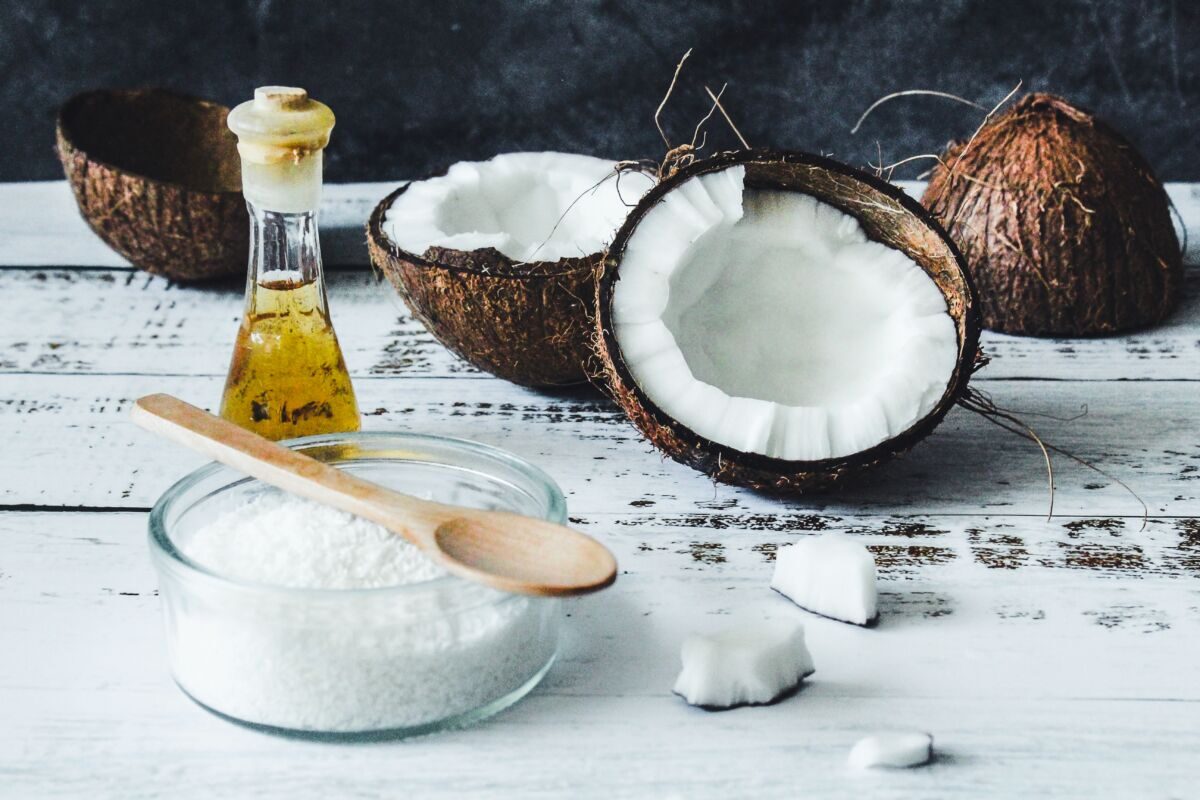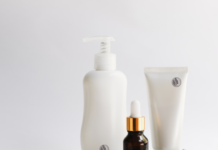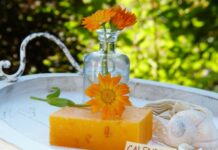
Liquid paraffin, petroleum jelly, silicones, vegetable oils and butters: in cosmetics they represent the fatty phase of emulsions and often a dispute has arisen around their use, which we will try to resolve by explaining what each of these components is and how it works.
An emulsion is a cosmetic, food preparation, which binds two non-miscible parts: water and oil. The oil represents the fat phase of all cosmetic emulsions (creams, milks, masks, etc.). Let’s examine the fat phase of a cream that can be composed of vegetable oils (sweet almonds, wheat germ, evening primrose, andiroba, coconut, etc.), vegetable butters (jojoba, cocoa, mimosa, etc.) to which to add a vegetable resin (or rubber) (xanthan) as a binder. This phase can also be achieved by petroleum derivatives (liquid paraffin, vaseline) and by derivatives of polymers (silicones: heavy and volatile).
Clearly this has created two strong opposing sides: let’s clarify the various substances by specifying without any prejudice that these substances are all allowed by EU regulation 1223/2009 (which regulates the production of cosmetics and its impact on human health) without wanting to hurt a recent European Supreme Court ruling which prohibits “discriminating” or “demonizing” cosmetic substances annexed by regulation 1223/2009.
Let’s take into consideration the Liquid Paraffin (Paraffinum Liquidum) which appeared in cosmetics towards the end of the 1800s and has been present ever since and is struggling to disappear. Certainly liquid paraffin and its derivatives are low cost products. And it is true that they come from a non-renewable source, oil, whose derivatives are very little biodegradable. And therefore with an eye to the environment we should ask ourselves if it is really appropriate to use them so often. Liquid paraffin increases the softness of the skin thanks to its barrier function, more than other emollients (according to in vivo tests that measured the TEWL (Trans Epidermal Water Loss), the loss of water by the skin). So acting as a barrier, it indirectly hydrates the skin (it keeps the water we already have naturally in our skin, not letting it evaporate), thanks to its occlusive power. This is already nonsense. Skin perspiration is essential as:
- helps us to maintain a constant body temperature;
- eliminates toxins, that is the waste from metabolic processes, digestion, stress, but also the residues of any toxic substances that have entered our body through food and breathing (smoke, dyes, preservatives, pesticides and so on);
- it cleans the skin and makes it brighter, as the passage of liquids through the pores empties them of impurities and facilitates the elimination of dead cells on the surface, while the heat activates microcirculation, which moisturizes the skin tissues;
- helps the respiratory system by absorbing oxygen from the external environment.
Vaseline (Petrolatum) which is denser than liquid paraffin manages to be even more occlusive. There are different types of mineral oils, more or less light, and for this reason they are also more or less occlusive. The light ones are less occlusive than the denser ones. In fact, according to a test, vaseline, being denser and therefore more occlusive, has been shown to increase the thickness of the stratum corneum (due to the presence of water inside it) more than other oils such as sweet almond oil and ‘jojoba oil. Liquid paraffin had a slightly lower value than sweet almond oil, but still very similar to other vegetable oils. However, Vaseline is less pleasant on a sensorial level than liquid paraffin, and for this reason it is less preferred in formulations than its liquid “cousins”. In short, liquid paraffin has found more space in the cosmetic market because it can be pleasant to the touch but also has a good occlusive power.
However, the fact remains that liquid paraffin (such as petroleum jelly) is not eudermic, that is, it does not improve the condition of the skin, and is not very similar to it. Vegetable fats, for example, are instead eudermic because their lipids are more similar to the skin and therefore can give emolliency to the skin (they are restorative) while also acting as a barrier.
Silicones are chemically obtained polymers (macromolecules) and are derived from Silicon (Si). Depending on their constitution and preparation, silicones can give rise to resins, oils, elastomers (rubbery substances with marked elastic properties). The main characteristics of silicones, in general, are the following:
- they are hydrophobic, they are not related to water and cannot be dissolved in it;
- they are photostable, they do not undergo changes with the sunlight;
- they are resistant to oxidation;
- they are highly inert, therefore characterized by poor reactivity. In practice, they do not interact with other substances triggering chemical reactions.

Taking a look at the list of their characteristics, you can guess that they are used not so much for what they do but for what they don’t do. Let’s explain better. Being hydrophobic substances, they create a protective hydro-repellent barrier on the skin able to protect it from external agents such as pollution or irritating factors. And if on the one hand this barrier defends the skin from external attacks, on the other it prevents the evaporation of water from the inside. In practice, the effect is passive hydration, aimed at retaining skin water as well as liquid paraffin or petroleum jelly. Since silicones are inert substances, when applied to the skin they do not create any type of reaction with the latter. So in the formulations they are not used as nutritional or functional ingredients but as technical ingredients. They serve to ensure that the texture of the products is more “soft” and “silky” and in products such as face and body creams they prevent the white effect (“white hand” or “white hand”, possible in cosmetic products based on vegetable waxes). Last but not least, they are poorly bio-degradable substances.
These substances mentioned (Liquid Paraffin, Vaseline, and Silicones) have the (cosmetic) advantage of not interfering with the perfume, with the color of the finished cosmetic product; they do not go rancid and therefore given these characteristics they favor a longer PAO in the finished cosmetic.
Alternatively, vegetable oils, as we have already found, are certainly more eudermic and clearly, without fear of denial, they come from renewable sources.
Vegetable oils are completely natural products, better if cold-pressed without the use of solvents and represent the best that exists in nature is to make the skin smooth and soft, to fight wrinkles and eliminate dryness due to the sun and cold . In fact, among the constituents of vegetable oils there are substances called ceramides which function as a sort of cement, which has the property of retaining the water of the skin. In fact, if the skin no longer contains some of its constituents, it can suffer from dryness problems and premature wrinkles. Even oily skin can benefit from the use of so-called “light” oils that penetrate and hydrate without causing “shock” to the skin which, feeling attacked, responds with the production of sebum. Vegetable oils can remedy these drawbacks also through other precious components: unsaponifiables with a similar character to hormones, phytosterols, vitamins (especially A and E, natural antioxidants, etc.).
Clearly, all vegetable oils tend to turn rancid and darken when subjected to direct light sources. Vitamin E is often added in cosmetic formulations based on vegetable oils and vegetable butters, which serves as an antioxidant, as well as its beneficial properties for the skin.
For vegetable butters, the “technical” risk is that during the application of the cream that contains them they leave a white trail as we said before. It is normal, they are rich and not inert substances. The disadvantage is more marketing than real as a cream based on vegetable butters and vegetable oils, having a fat base rich in properties and not inert, will last longer because it takes about a third less to apply and this does not favor the consumption. Similarly, being composed of vegetable substances that over time can change the color and smell of the cream, the PAO will be shorter.
My personal opinion as a formulator is that plant-based creams are always to be preferred because they pollute much less (also because a smaller quantity is needed), they come from renewable sources and above all they are more similar to our skin.






































